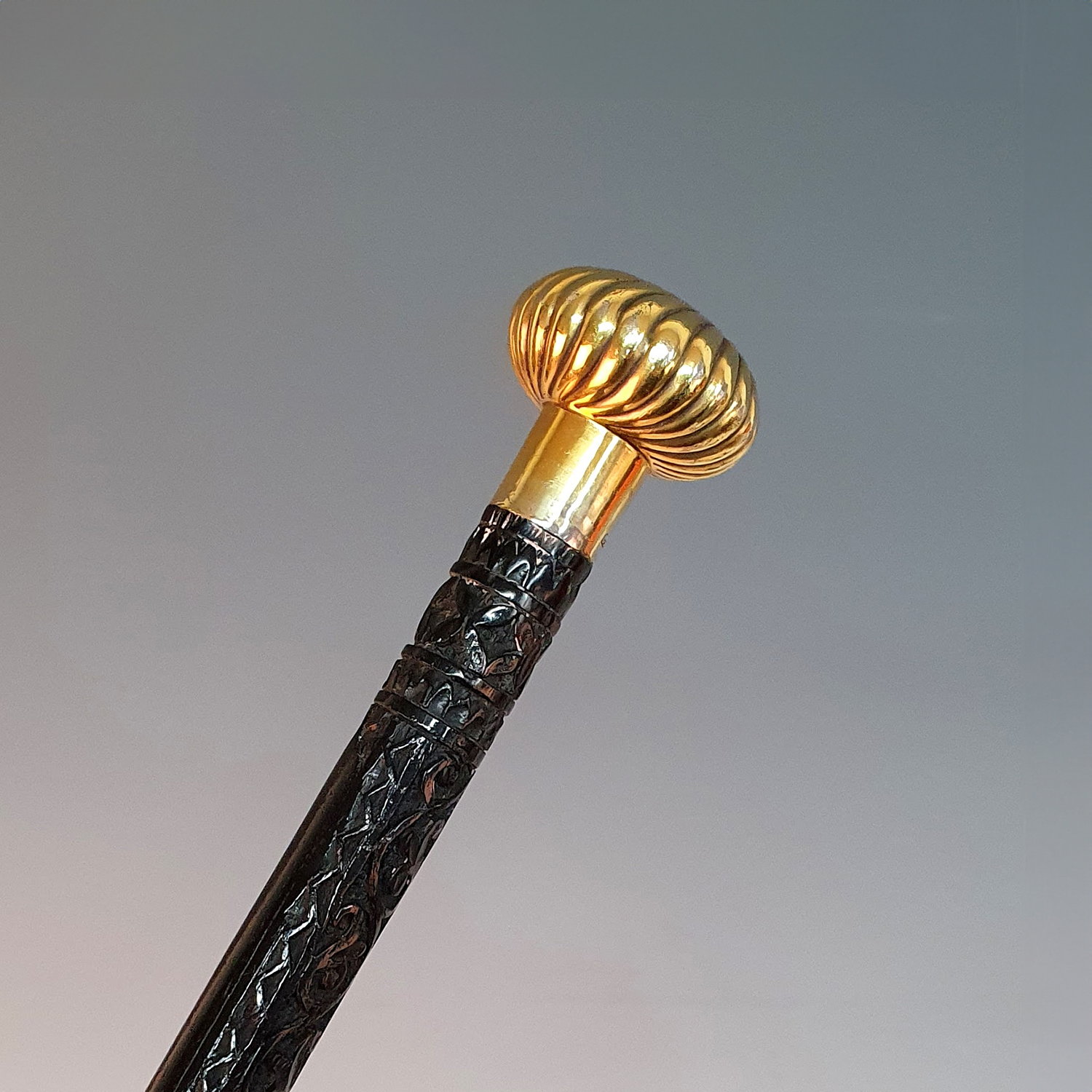Brigg's Walking Sticks & Canes

The Dandy
As a fashion accessory and a marker of style, the walking stick was always said to be ‘worn’ rather than carried. This can be compared to the use of ties today, a gentleman has different ties depending on the particular mood or occasion he is faced with. As such, the dandy had not one or two canes, he had dozens.

BRIGG’S WALKING STICKS & CANES
In 1838, Brigg on St. James's Street made the strategic decision to expand their product line, introducing a premium selection of walking sticks to complement their umbrellas. The walking stick had evolved into a symbol of authority, drawing inspiration from the regal staffs and maces wielded by monarchs and officials. With the emergence of the dandy, the walking stick became an essential accessory in the wardrobe of fashionable gentlemen. By the 1850s, when Brigg had fully expanded into selling canes across a vast range of styles.

DAY AND EVENING CANES
Walking sticks for day wear had lightweight wooden shafts, often of bamboo or cane, with handles that ranged from the discreet to the frivolously eccentric such as hand carved animal heads believed to have been made by the Zair family.
Walking sticks for evening dress were often made of ebonised hardwoods or expensive exotic materials such as tortoiseshell with gold, crystal or bejewelled knops.
There was also a class of self-consciously rustic sticks for gentlemen to deploy when they retired to their country estates; these were usually slightly more artful. Brigg did a lot of the stick dressing themselves of the canes, as it duplicated skills they already employed in making umbrellas.















